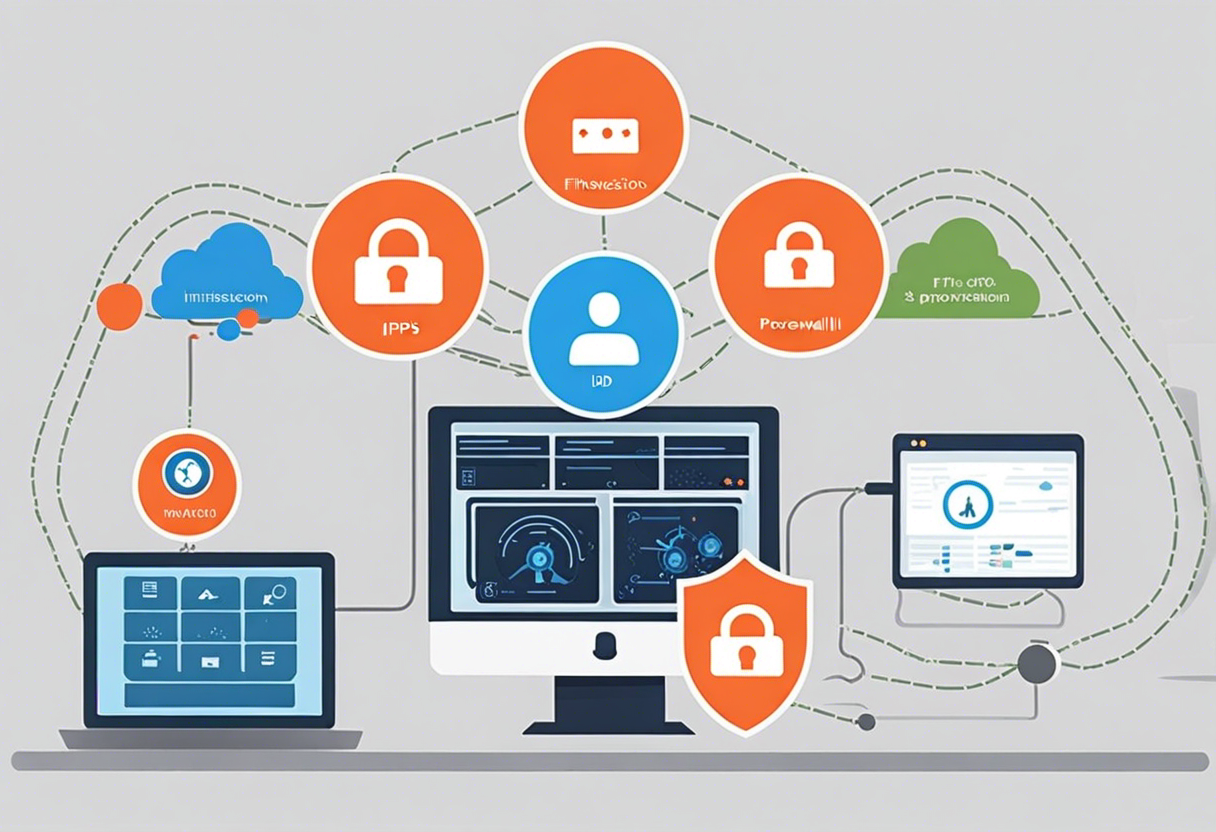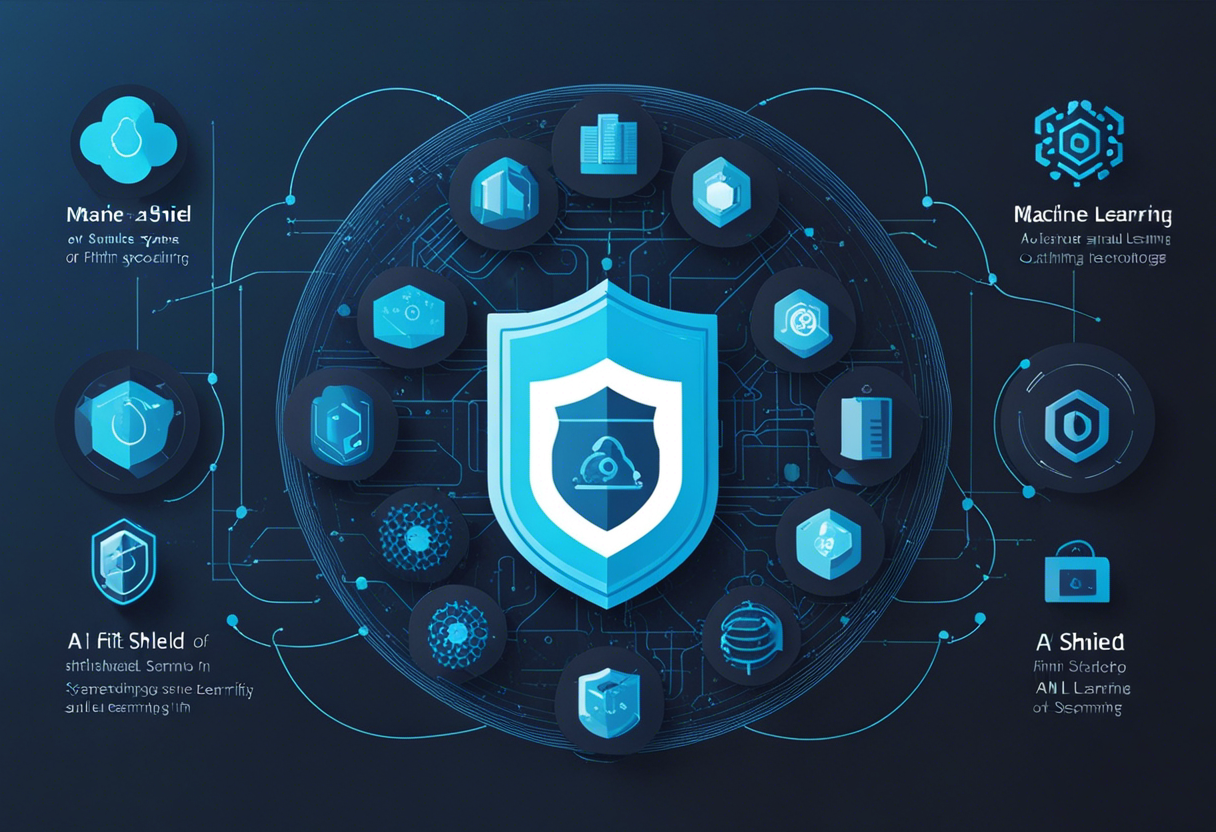Top 5 Impenetrable Shields in Cloud Computing Security
In the complex world of digital data, Cloud computing has become a beacon of convenience, allowing businesses and individuals to store and access information from anywhere at any time. However, with such liberty comes risks, the primary among them being security. Protecting the sensitive information stored in the Cloud against cyber threats is a significant concern for all users. As cloud technologies keep evolving to meet data storage demands, so do the security measures. The first of these innovative solutions is the mighty Firewall.
Firewalls are one of the oldest, most rudimentary, yet still one of the most efficient security solutions in place. They function by setting predetermined security rules that control inbound and outbound traffic. In cloud computing, firewalls help fortify the perimeter, thereby preventing unauthorized access and securing data integrity. Regular updates ensure that they remain effective even in the face of newer, more intelligent threats.
Setting up the Intrusion Detection and Prevention System (IDPS

The second fortress standing tall among the impenetrable shields is the Intrusion Detection and Prevention System (IDPS). This system complements the firewall's functions by also watching the internal network traffic.
IDPS's primary role is to detect suspicious activity indicative of a security breach and take immediate action. It allows for real-time protection and immediate response, ensuring the system isn't defenseless in case of a firewall failure.
The Unseen Hero - Data Encryption

The third defense mechanism within this line-up is Data Encryption. Encryption converts sensitive data into unreadable texts, which can only be deciphered back using unique keys.
In cloud computing, encryption serves two essential purposes. Firstly, encrypted data moving across networks becomes unreadable to anyone trying to access it without authorization. Secondly, it ensures that the stored data remains secure, adding an extra layer of defense.
Secure Token Service (STS

As a novel approach to cloud security, Secure Token Services (STS) are gaining popularity. This mechanism is the fourth shield in our list.
The STS works on the principle of temporary access. It assigns a unique, encrypted token to each user that's valid only for a specific session. This minimizes the possibility of unauthorized users gaining prolonged access to sensitive data.
Harnessing the Power of AI and Machine Learning

The fifth and final shield on our list is the most forward-thinking and invokes cutting-edge AI and machine learning technologies. Over time, these technologies are becoming more refined and are being increasingly integrated into cloud security.
These smart systems can identify security threats by analyzing usage patterns and spotting aberrations, enabling them to prevent or mitigate breaches proactively. As we move towards an AI-driven world, the role of these technologies in cloud security is gaining unprecedented importance.
The Constant Evolution of Cloud Security

While these five shields are doing an excellent job as things stand, cloud security is a constantly evolving field. Innovations continue to emerge as we square up to the sophisticated techniques that cybercriminals come up with. However, with every new challenge comes an equal opportunity for growth and learning. Together, these powerful defense mechanisms ensure that the cloud is a safe space for our data. The future of cloud security promises even more robust solutions, and we should look forward to them with anticipation.







